The toy industry, a cornerstone of American childhood and a significant economic sector, is facing an unprecedented crisis. For decades, toys made in China have been a staple in American households, with nearly 80% of all toys sold in the US manufactured in China. This reliance on Chinese production has been a cost-effective strategy, keeping prices affordable for consumers and ensuring a steady supply of diverse and innovative toys. However, the recent imposition of tariffs by President Donald Trump has turned this well-established dynamic on its head, threatening the very fabric of the toy industry.
The Tariff Escalation
In a series of rapid and dramatic moves, Trump has significantly increased tariffs on Chinese goods. Last month, the tariff rate on Chinese toys was raised to 20%, a substantial blow to the industry. Just weeks later, an additional 34% "reciprocal" tariff was proposed, followed by further increases, bringing the total tariff rate to a staggering 145%. This escalating tariff war shows no signs of abating, with both Beijing and Washington threatening further measures. The impact on toy manufacturers and consumers is profound, with the potential to transform toys from affordable items to luxury goods.
The Industry's Response
Isaac Larian, CEO of California-based MGA Entertainment, which produces popular toys like Bratz and L.O.L. Surprise! Dolls, has been vocal about the challenges. "We have no choice but to increase our prices by high double digits," he said. "The life of my business, 46 years, is on the line." Larian's concerns are echoed by other industry leaders. The Toy Association, a leading industry group, estimates that the majority of US toy imports still come from China, with 75% of the nearly $17.7 billion worth of toys imported in 2024 originating from China. This reliance on Chinese manufacturing is deeply ingrained, with many companies having established supply chains and production facilities there over decades.
The Challenge of Shifting Production
Despite the tariffs, shifting production out of China is not a straightforward solution. Many toy manufacturers, including MGA Entertainment, have attempted to diversify their production to other countries like Vietnam and Indonesia. However, these efforts have been met with significant challenges. Larian notes that sourcing raw materials domestically, particularly for specialized items like doll hair, is nearly impossible. "There is no American factory anywhere that can make hair for dolls. What am I supposed to do? Sell bald dolls?" he quipped.
Moreover, the cost of production in the US remains higher than in China, even with the current tariffs in place. This is due to a combination of higher labor costs and the lack of established infrastructure for toy manufacturing in the US. Greg Ahearn, president and CEO of The Toy Association, explains that toy production still relies heavily on hand labor, which is more expensive in the US. "There is no alternative in the short run," he said. "Yes, there is manufacturing that is done here in the US, but those are mainly things that can be highly automated."
The Impact on American Jobs
Ironically, the tariffs intended to bring manufacturing jobs back to the US may have the opposite effect. Larian warns that China's retaliatory tariffs on US exports could force him to lay off American workers at his Hudson, Ohio, factory, which employs around 700 people. This factory produces much of MGA's Little Tikes line, including toy cars and sandboxes. The facility could theoretically manufacture more toys, but Larian notes that Americans are generally unwilling to work in factories. "Americans do not want to work in factories," he said. "It's a cultural shift that has happened over the past few decades."
The Broader Economic Implications
The toy industry is not alone in facing these challenges. Other industries, including electronics, apparel, and furniture, are also grappling with the impact of tariffs. The broader economic implications are significant, with potential ripple effects on consumer spending, employment, and overall economic growth. The tariffs have already led to higher prices for consumers, reduced profit margins for businesses, and increased uncertainty in the market.
The Path Forward
As the tariff war continues, toy manufacturers are exploring various strategies to mitigate the impact. Some are considering shifting production to other low-cost countries, while others are looking to diversify their product lines to include more domestically produced items. However, these solutions are not without their challenges. The Toy Association is urging the Trump administration to reconsider its tariff policies, arguing that they are causing more harm than good.
In the meantime, toy companies are facing tough decisions. Basic Fun!, a toy company that makes Care Bears and Tonka trucks, has paused all toy shipments, putting itself in a precarious financial situation. "We cannot afford to take the risk of not knowing what the tariff will be when the goods land," said Jay Foreman, the company's CEO. "But at the same time, if we have no product, we have no cash flow, and that means no money to pay bills."
The toy industry, once a stable and thriving sector, is now at a crossroads. The imposition of tariffs has introduced significant challenges, from rising production costs to the potential loss of American jobs. As toy manufacturers navigate this complex landscape, the future of the industry remains uncertain. The path forward will require creative solutions, strategic planning, and, perhaps most importantly, a reevaluation of the tariff policies that have brought the industry to this critical juncture.
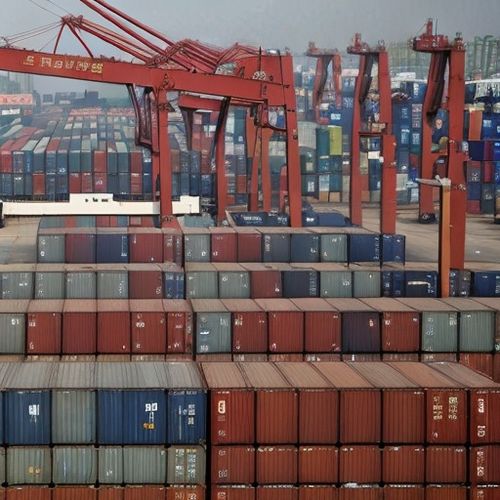
By Samuel Cooper/Apr 14, 2025

By Michael Brown/Apr 14, 2025
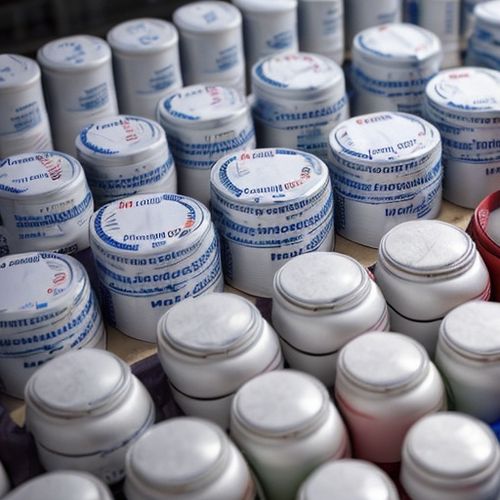
By Emma Thompson/Apr 14, 2025

By David Anderson/Apr 14, 2025
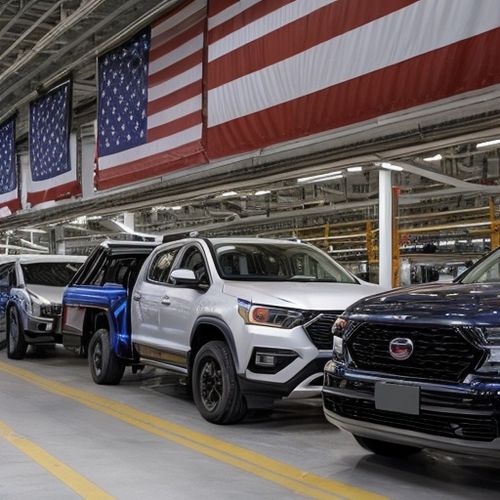
By Megan Clark/Apr 14, 2025
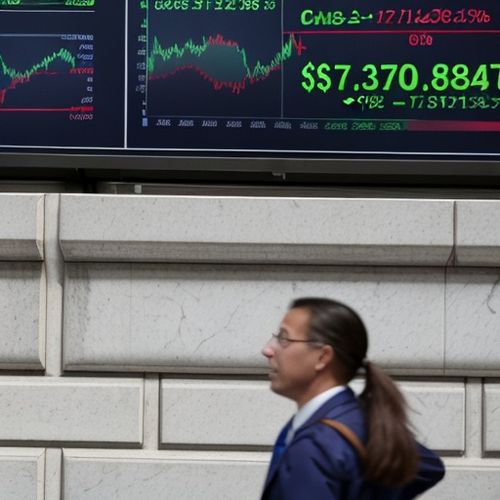
By Emma Thompson/Apr 14, 2025

By Thomas Roberts/Apr 14, 2025

By Rebecca Stewart/Apr 14, 2025

By Natalie Campbell/Apr 14, 2025

By Laura Wilson/Apr 14, 2025
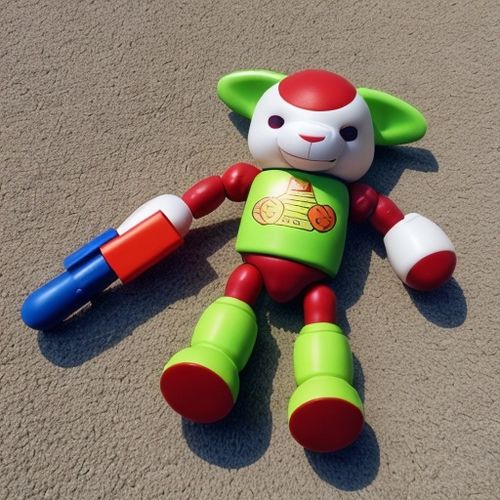
By Ryan Martin/Apr 14, 2025
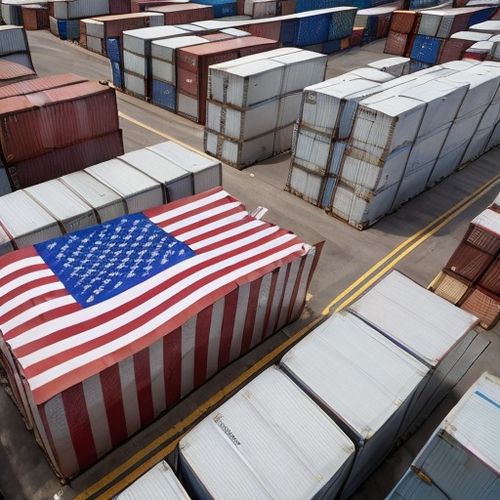
By Elizabeth Taylor/Apr 14, 2025
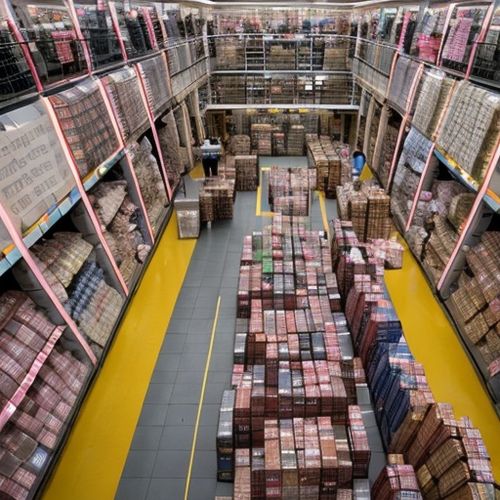
By Laura Wilson/Apr 14, 2025
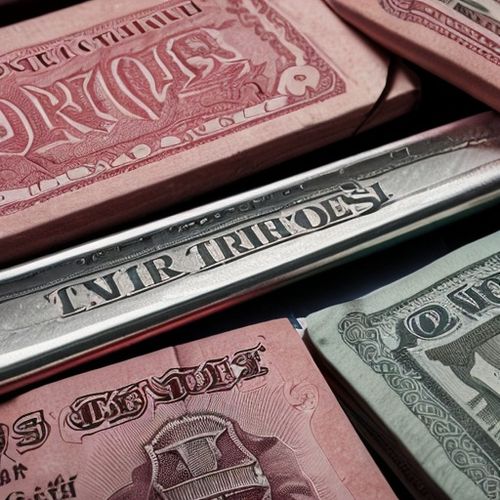
By Sophia Lewis/Apr 14, 2025
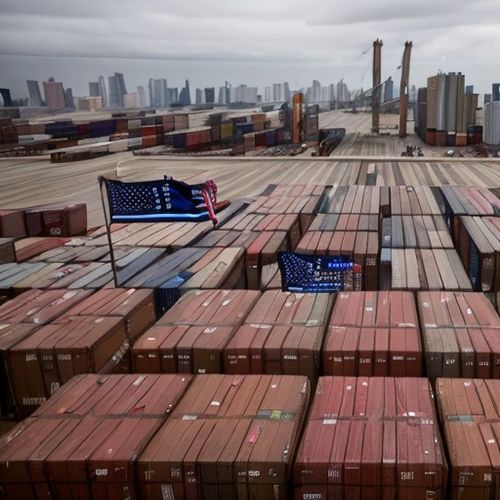
By Laura Wilson/Apr 14, 2025
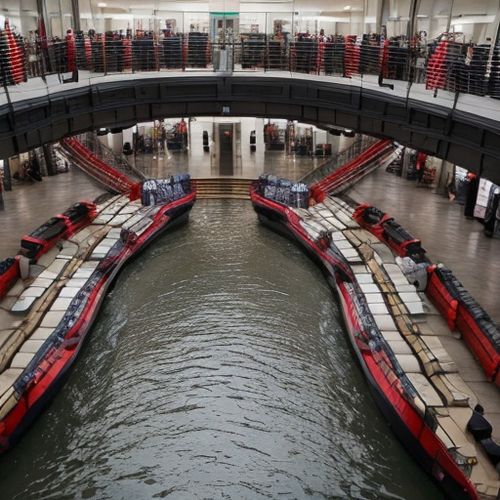
By Elizabeth Taylor/Apr 14, 2025

By Amanda Phillips/Apr 14, 2025
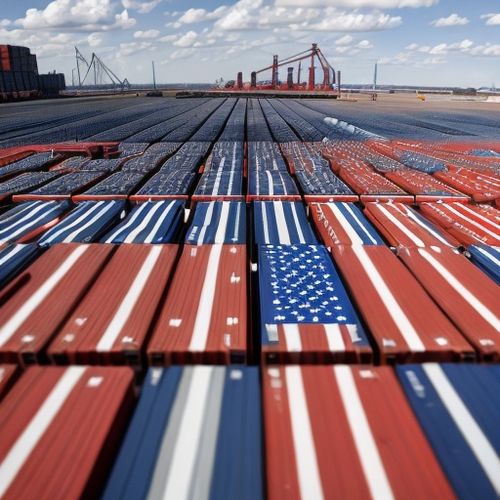
By Sarah Davis/Apr 14, 2025
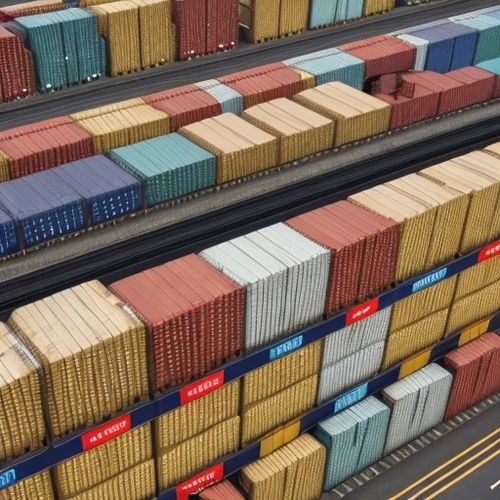
By Samuel Cooper/Apr 14, 2025